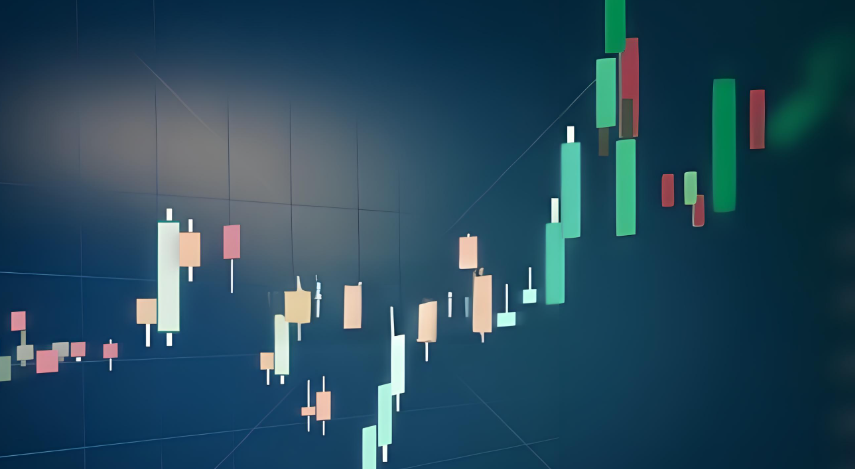Europe's Natural Gas Storage Crisis
Advertisements
In recent times, the spotlight has been firmly fixed on Europe’s natural gas supplies, particularly in light of significant reductions in gas flow from Russia. This critical situation has placed immense pressure on the continent’s energy infrastructure, particularly its gas storage facilities, which rank as the second-largest in the world, trailing only behind the United States.
In the face of dwindling Russian gas supplies, the European Union (EU) has implemented strategic measures to cushion the impact. By reducing its overall gas demand and ramping up imports of liquified natural gas (LNG) from nations such as the United States and Qatar, Europe has most notably avoided a potential winter crisis of supply. This approach underscores the resilience of European gas policy amidst adversity.
However, as we look toward the future, there are concerns that by 2025, the challenges surrounding gas storage could intensify. Unfavorable weather conditions in Europe might lead to an accelerated rate of gas consumption during winter months, coupled with a reversal of seasonal price differentials that could render summer stock replenishment economically unfeasible. This growing crisis points to a delicate balance between supply, demand, and strategic planning.
To understand the magnitude of reliance on gas storage, one must consider that gas inventories are essential for meeting increased heating demands during winter months. The average gas consumption doubles as the chill sets in. Even with European gas suppliers—ranging from Norway and Algeria to Qatar and the U.S.—ramping up production to maximum levels, it is often insufficient to meet the growing demand. On the coldest days, stored gas can fulfill upwards of 50% of the EU's daily requirements, particularly during periods of low wind that diminish renewable energy generation.
The regulatory landscape also plays a critical role in gas storage strategies. By November 1 of each year, member states are expected to ensure their storage levels reach a minimum of 90%. Midterm targets exist for February, May, July, and September, contingent on the individual country’s gas storage capacity and consumption patterns. Yet, as demonstrated by some countries still falling short of their targets by February 2025, the EU has yet to impose penalties for non-compliance, although persistent discrepancies could prompt the European Commission to intervene to safeguard gas supply security.

The market's unease regarding the gas storage levels in 2025 stems from the precarious balance of maintaining adequate reserves in light of severe winter demand coupled with challenging weather patterns. The winter of 2024-2025 is projected to be particularly harsh, with temperatures anticipated to drop further than in previous years. Instability in the weather will likely lead to higher demand as countries exhaust their reserves—evident from gas inventories in February being considerably lower than the previous year, marking a trend towards a continue decline since the onset of the energy crisis in 2022.
Though Europe currently doesn't face an immediate threat of complete gas depletion, concerns persist about the speed at which inventories must be replenished in preparation for the following winter. Various EU officials are pushing to achieve storage targets, with countries like Italy advocating for earlier stocking measures. Discussions in Germany have also included potential subsidies for stock replenishment, underscoring the urgency of this issue.
The apprehension about how Europe will address gas stock replenishment has catalyzed surges in summer gas contract prices, with recent market movements driving short-term prices to their highest levels in two years. Consequently, elevated energy costs continue to burden European households and businesses, renewing worries about potential economic downturns, particularly in regions like Germany and the UK.
Short-term relief on the supply front seems unlikely, and projections suggest that tight supply conditions will persist into 2025. Delays in numerous new gas production projects exacerbate this issue. Furthermore, Europe's competition for liquefied natural gas shipments will hinge on several factors, including China's economic performance, the resumption of Japanese nuclear reactors, and North Asia's weather conditions impacting heating and cooling demands.
The dynamics of gas pricing are intricately tied to the rate of storage replenishment. The price differential between summer and winter gas contracts plays a pivotal role in creating economic incentives for gas storage in anticipation of winter demands. Typically, buyers seek to capitalize on lower summer prices to stockpile gas, intending to utilize or sell stored supplies during the higher-demand winter months to realize profits.
However, the pricing landscape for summer 2025 has flipped, presenting costs that exceed those for the upcoming winter's gas. Earlier in the year, price differences reached a three-year peak, with figures on February 10 reflecting costs per megawatt hour at 5 Euros. This essentially translates into a substantial economic gap when buyers consider the potential difference in value between summer purchases and winter sales—approximating a loss of about 3 billion Euros for energy companies, traders, and consumers alike, particularly among leading providers such as Vitol Group, Shell, and RWE AG.
Ultimately, Europe finds itself at a pivotal crossroads regarding its natural gas storage capabilities amidst fluctuating demand and precarious weather conditions. The emphasis on strategic planning, compliance with regulatory benchmarks, and managing supply-side challenges will be critical in shaping the continent's energy landscape for years to come. As 2025 approaches, it will be imperative for EU member states to collaborate closely to safeguard their energy futures and mitigate the risks posed by an increasingly volatile global gas market.
Post Comment